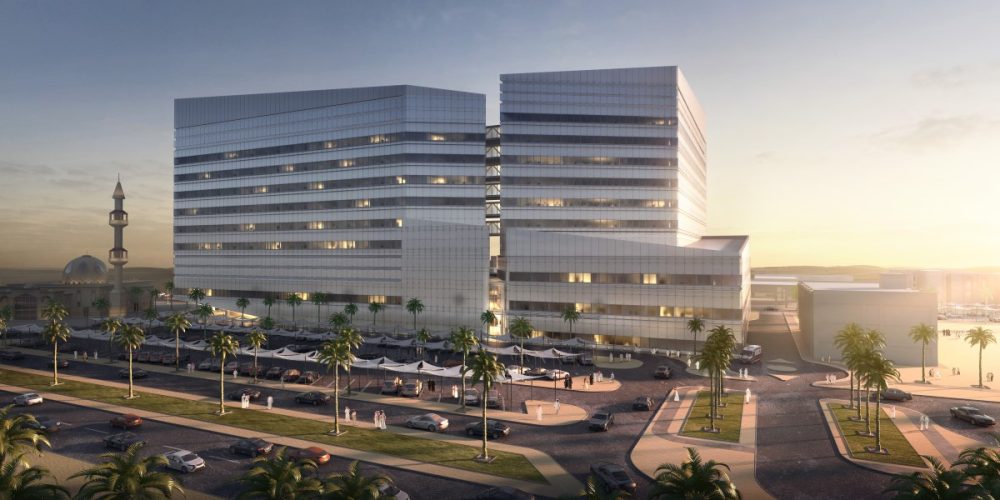
Supported by the Federation of Saudi Chambers, Saudi Warehousing & Logistics Expo is the largest event for supply chain, warehousing and logistics in the Kingdom
Source: New feed

Supported by the Federation of Saudi Chambers, Saudi Warehousing & Logistics Expo is the largest event for supply chain, warehousing and logistics in the Kingdom
Source: New feed

Bloom Holding is one of the UAE’s foremost real estate development companies, committed to building, operating, and investing in premium communities and enriching the lives of its customers
Source: New feed

Mark J.S. Tonkens served recently as Chief Financial Officer at BME – Building Materials Europe
Source: New feed

Source: New feed

Tariq Shaikh will be based at Gensler’s Riyadh office and joins current Managing Director Tim Martin
Source: New feed

Ensuring the safe, accessible, and efficient handling of data has become paramount. Here’s how DAR Engineering went about it
Source: New feed

Eaton is also set to open a new manufacturing facility in Dubai’s JAFZA in 2026
Source: New feed
U.S. Bureau of Land Management releases final plan to direct expanded development on about 31 million acres in 11 western states.
Source: New feed
BLS projects 380,100 increase in jobs in 2023-2033 period.
Source: New feed
Construction sodtware vendor beat analysts’ expectations with quarter earnings of $2.15 a share.
Source: New feed